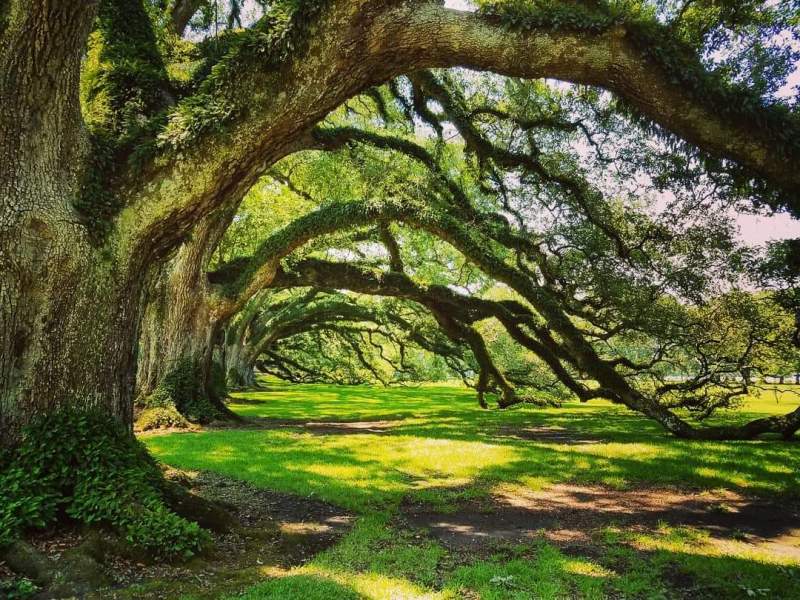File:Green Highlights.jpg
Green_Highlights.jpg (800 × 600 pixels, file size: 121 KB, MIME type: image/jpeg)
<addthis />
Standing Up & Growing Strong
• https://www.greenpolicy360.net/w/GreenPolicy360_Highlights
- Original Photo Courtesy of Scott Sawyer
···································································
Celebrating Freedom & Resilience
Remembering a Great Oak Tree of the South
One day in 1863, the members of the Virginia Peninsula’s black community gathered to hear a prayer answered. The Emancipation Oak was the site of the first Southern reading of President Lincoln’s Emancipation Proclamation, an act which accelerated the demand for African-American education.
With limbs sprawling over a hundred feet in diameter, the Emancipation oak is designated as one of the 10 Great Trees of the World by the National Geographic Society.
Will Sutton / June 18, 2020 / NOLA
The first Southern reading of the proclamation was in what is now Hampton, Virginia, and more specifically on land that is now Hampton University. You can’t attend Hampton and not learn about the Emancipation Oak. It was under this mighty oak — which today stands nearly 100 feet in diameter with sprawling branches hanging low — that the area’s black community gathered to hear the good news about enslaved people being freed.
The Thirteenth Amendment to the US Constitution
The 13th amendment, which formally abolished slavery in the United States, passed the Senate on April 8, 1864, and the House on January 31, 1865. On February 1, 1865, President Abraham Lincoln approved the Joint Resolution of Congress submitting the proposed amendment to the state legislatures. The necessary number of states ratified it by December 6, 1865. The 13th amendment to the United States Constitution provides that "Neither slavery nor involuntary servitude, except as a punishment for crime whereof the party shall have been duly convicted, shall exist within the United States, or any place subject to their jurisdiction."
In 1863 President Lincoln had issued the Emancipation Proclamation declaring “all persons held as slaves within any State, or designated part of a State, the people whereof shall then be in rebellion against the United States, shall be then, thenceforward, and forever free.” Nonetheless, the Emancipation Proclamation did not end slavery in the nation. Lincoln recognized that the Emancipation Proclamation would have to be followed by a constitutional amendment in order to guarantee the abolishment of slavery.
~
File history
Click on a date/time to view the file as it appeared at that time.
| Date/Time | Thumbnail | Dimensions | User | Comment | |
|---|---|---|---|---|---|
| current | 17:27, 7 June 2019 |  | 800 × 600 (121 KB) | Siterunner (talk | contribs) |
You cannot overwrite this file.
File usage
The following 3 pages use this file:
